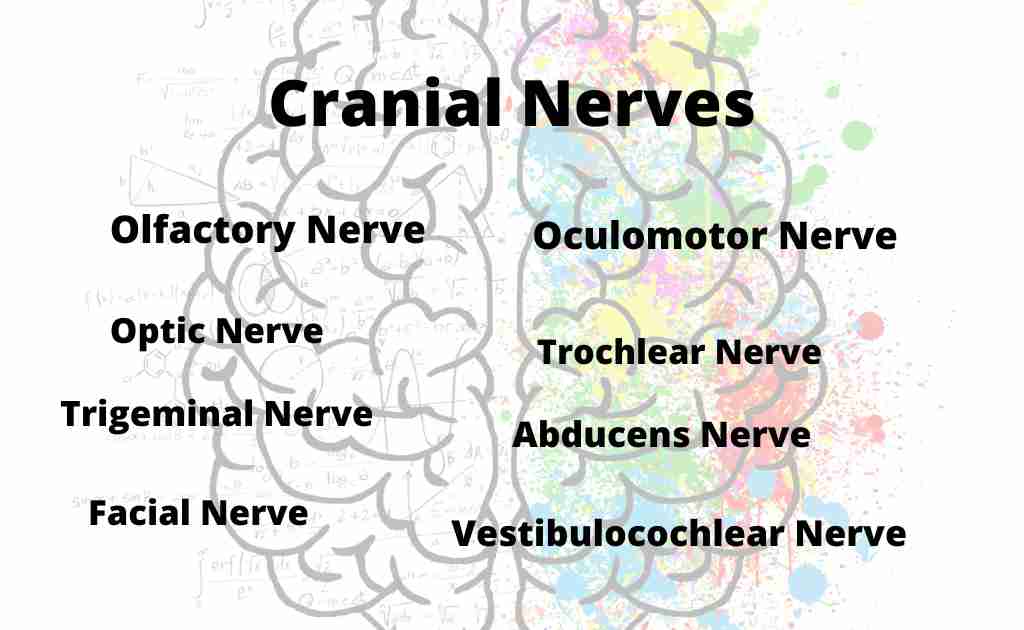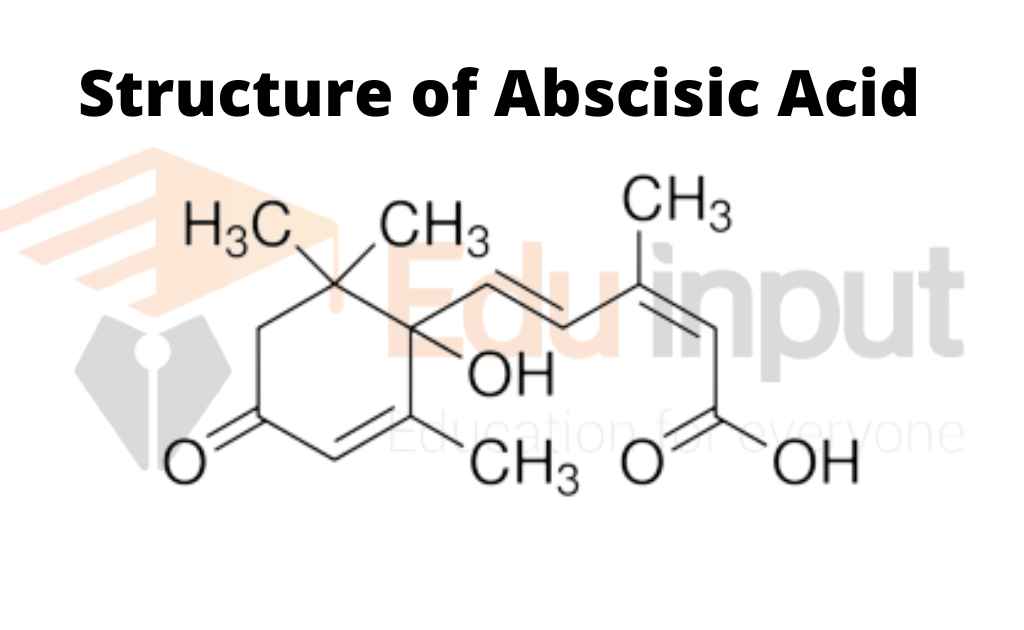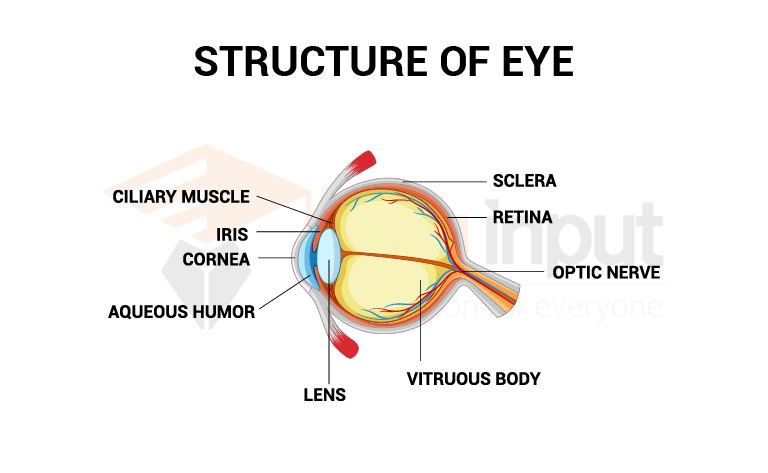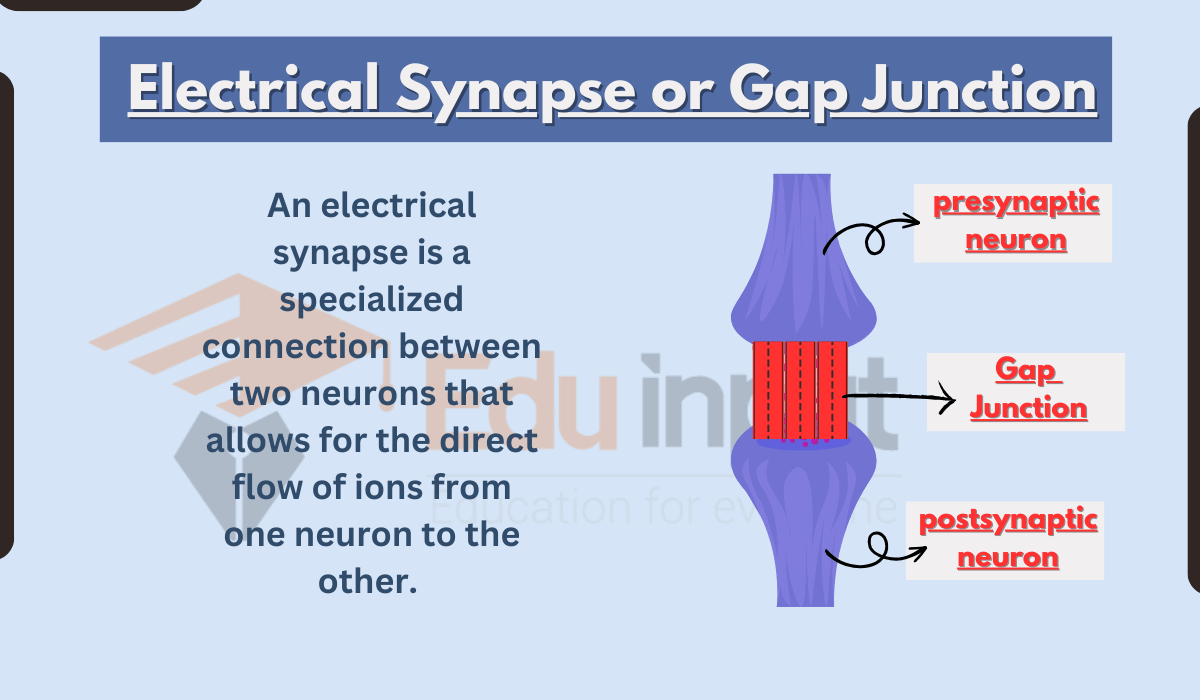What Is Terrestrial Locomotion in Invertebrates?
The word invertebrate refers to an animal that lacks a spine. Most invertebrate animals are found in the marine environment. They mostly dwell in shallow waters and live in the sediments of the sea floor. But many invertebrates exist in terrestrial environments.
On the basis of their occurrence, There are two types of locomotion in invertebrates, terrestrial locomotion, and aquatic locomotion. Terrestrial locomotion refers to walking or running on land, whereas aquatic locomotion involves swimming or diving through water.
Terrestrial Locomotion in Invertebrates
Terrestrial Invertebrates use the following patterns of locomotion;
1. Structural Support:
Invertebrates are much denser than the air. Therefore, they require structural support. Some invertebrates have rigid skeletal elements. These elements are flexible joints, tendons, and muscles. Muscles are attached with a rigid cuticle. It forms limbs. The limbs interact with the ground. They provide structural support to the body.
2. Terrestrial Locomotion in Invertebrates through Walking:
The walking limbs of the arthropods have uniform structures. The limbs have a series of joint elements. These elements become less massive at the tip. Each joint has articulation (point of rotation). It allows movement in only one plane. There are two types of movements:
A) Extension: It is a motion that increases the angle of a joint.
B) Flexion: It is a motion that decreases the angle of a joint.
3. Forward Movement of the Body
The limb plane at the basal joint with the body can also rotate. This rotation causes forward movement. The body slings (swing) between limbs. Walking does not raise or lower the body. The angle of each limb with the body is different. Crabs can walk in a sideways fashion.
4. Terrestrial Locomotion in Invertebrates through Flight
There are certain physical properties of the cuticle of arthropods. It has strengthened the exoskeleton. Therefore, the exoskeleton does not deform (change of shape) due to muscle contraction. True flight evolved in the pterygote insects about 200 million years ago. Now the basic mechanism of flight has been modified. Therefore, present-day insects show many structural adaptations and mechanisms for flight.
5. Terrestrial Locomotion in Invertebrates through Jumping
Some insects like fleas, grasshoppers, and leafhoppers can jump. This is an escape reaction. An insect exerts a force against the ground for jumping. This force must be sufficient to provide a takeoff velocity. This velocity must be greater than its weight.
Long Legs increase the mechanical advantage of the extensor muscles of the leg. Therefore, jumping insects have long legs. The mechanical strength of the insect is the cuticle. It acts as the lever in this system. The strength of the cuticle determines the limit to this line of evolution.

 written by
written by 





Leave a Reply